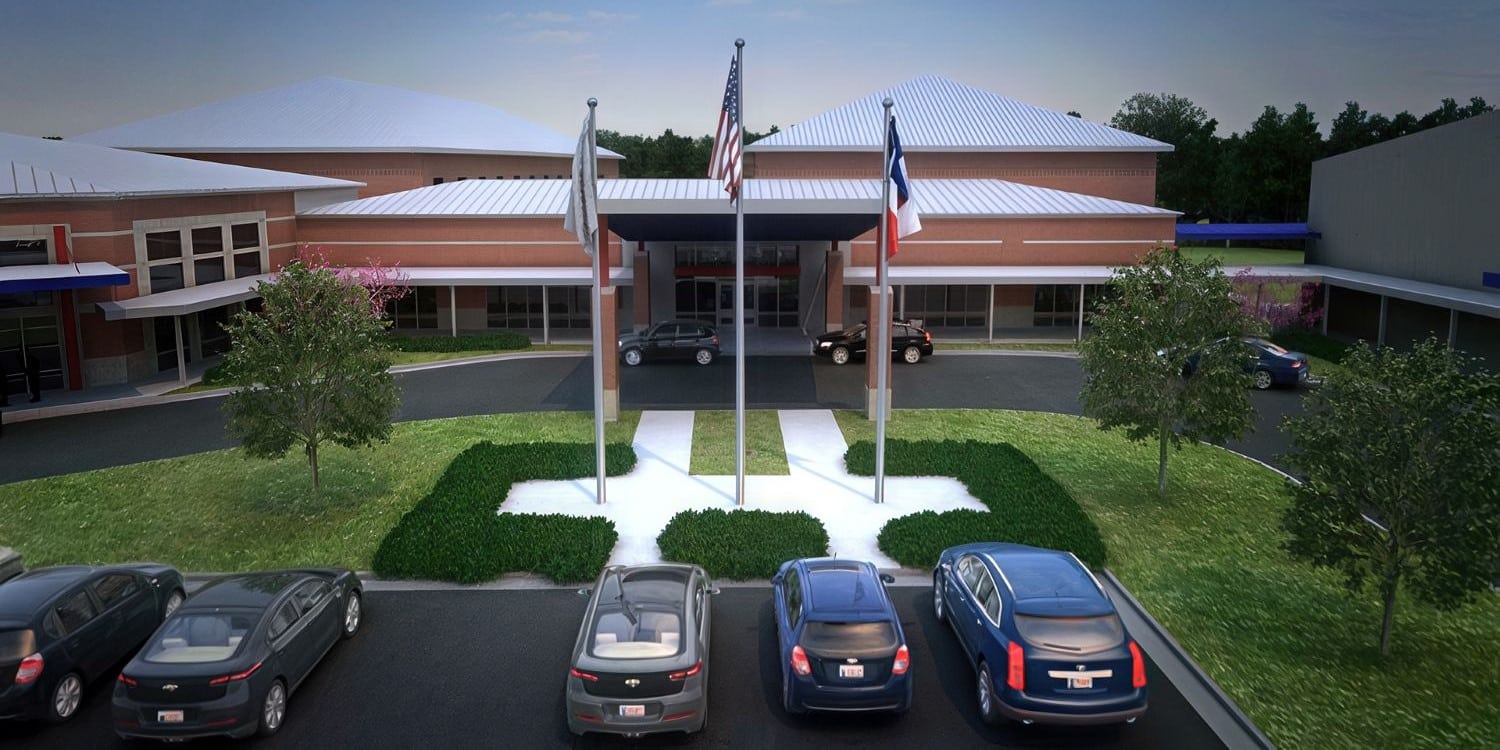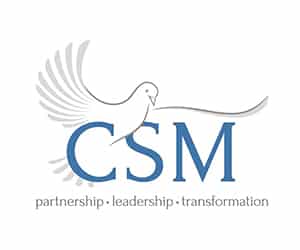The Visual Revolution in Fundraising
Today’s families are visual learners who process information at unprecedented speeds. Research shows that 3D animated virtual tours and interactive experiences engage the brain at 400% faster learning rates than traditional presentations. When parents can virtually walk through new science labs or athletic facilities, they transform from passive listeners to active participants in your vision.
Gone are the days when rudimentary facility blueprints and renderings suffice. Modern capital campaigns succeed by creating immersive online VR experiences that help families visualize their children learning in enhanced environments and understand the tangible benefits of their investment.
Understanding Your Audience Response
When casting vision for capital campaigns, Christian schools typically see three distinct response groups:
- 20-30% Immediately On Board – These committed families trust your leadership and align with the school’s mission from day one.
- 40-50% Interested but Need Information – This crucial middle group asks practical questions about benefits, costs, and timelines. They need compelling evidence and clear communication.
- 10-20% Hesitant but Persuadable – They love the school but need convincing that this is the right path. These families often require personal attention and faith-stretching encouragement.
The Three-Part Vision Video Framework
Part 1: Celebration and Foundation (90 seconds) Begin by celebrating what God has already accomplished through your school. Share genuine testimonials from families about transformation in their children’s lives.
Part 2: Addressing Current Challenges (2-3 minutes). Honestly present the problems your campaign will solve. Whether it’s inadequate facilities limiting enrollment or outdated technology hindering learning, be specific about what’s at stake.
Part 3: The Biblical Solution and Call to Action (3-4 minutes) Present your facilities plan as the solution, grounded in Scripture and your school’s mission. Utilize high-quality 3D renderings and virtual tours to help families envision their future.
Essential Campaign Infrastructure
Leadership Structure
- Campaign Chairperson: A respected leader who demonstrates generous giving
- Development Committee: Collaborates on fundraising strategy and donor cultivation
- Communications Team: Manages messaging, materials, and visual content production
- Finance Committee: Oversees budget management and gift tracking
Campaign Timeline
- Pre-Campaign Phase (3-9 months): Feasibility study, leadership recruitment, initial major gifts
- Silent Phase (3-6 months): Secure 60-70% of the goal from top prospects before the public launch
- Public Phase (2-4 months): Community outreach, family visits, celebration events
- Follow-up Phase (1-2 months): Final commitments and campaign conclusion
Strategic Timing for Maximum Impact
Campaigns launched between Labor Day and Thanksgiving consistently outperform those launched at other times because they align with a renewed family focus, year-end financial planning, and holiday generosity.
Creating Compelling Cases for Support
Your case must clearly articulate mission connection, specific needs, impact stories, financial plans, and future vision. Create urgency by explaining current limitations, growth opportunities, and timing advantages.
Major Gift Strategy
The Four Development Stages
- Identification: Evaluate prospects based on affinity, access, and capacity
- Cultivation: Build relationships through listening and connecting interests
- Solicitation: Make specific, well-prepared asks for defined amounts
- Stewardship: Acknowledge gifts and maintain ongoing relationships
All major gift solicitations occur face-to-face, utilizing a team approach led by the head of school and respected peers.
Maximizing Different Donor Segments
Current Families – One-on-one meetings, classroom presentations, student involvement, multiple giving options
Alumni and Extended Community – Personal outreach from alumni volunteers, reunion events, legacy messaging, naming opportunities
Local Businesses and Foundations – Leverage board connections, emphasize community impact, and research foundation priorities.
Faith-Centered Approach
Maintain a spiritual foundation through prayer, biblical stewardship teaching, a mission focus, an emphasis on life change to maximize success, and gratitude. Keep the gospel and Christian education central to all messaging while sharing transformation stories that highlight how facilities will enable them.
Communication Strategy
Utilize multiple channels: conduct personal visits for major prospects, deliver group presentations for broader engagement, leverage digital platforms, utilize print materials, and encourage student involvement. Prioritize visual content, including high-quality 3D renderings, virtual tours, video testimonials, and interactive facility maps.
Key Success Factors
Christian school campaigns succeed through compelling visual presentation, strong leadership commitment, thorough preparation, personal relationship building, clear communication of impact, and faithful stewardship. They begin with prayer, address real needs, and show rather than tell.
The schools that launch strong capital campaigns don’t just ask for support—they invite families into a compelling vision that makes participation a natural choice. Through careful planning, compelling vision casting, and faithful execution, your Christian school can achieve ambitious goals that advance your mission for generations to come.
David Keesee is the Founder and President of 3Dream Studios and has been helping churches and schools with capital campaigns since 1995, www.3dreamstudios.com.







